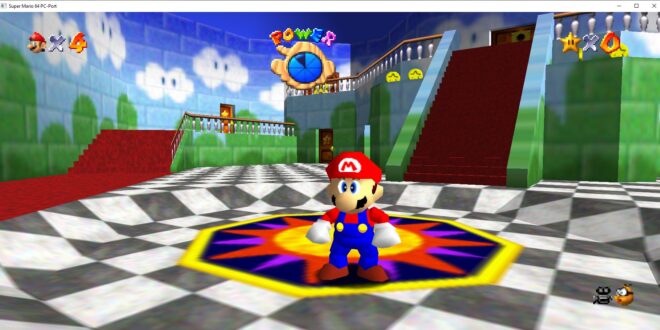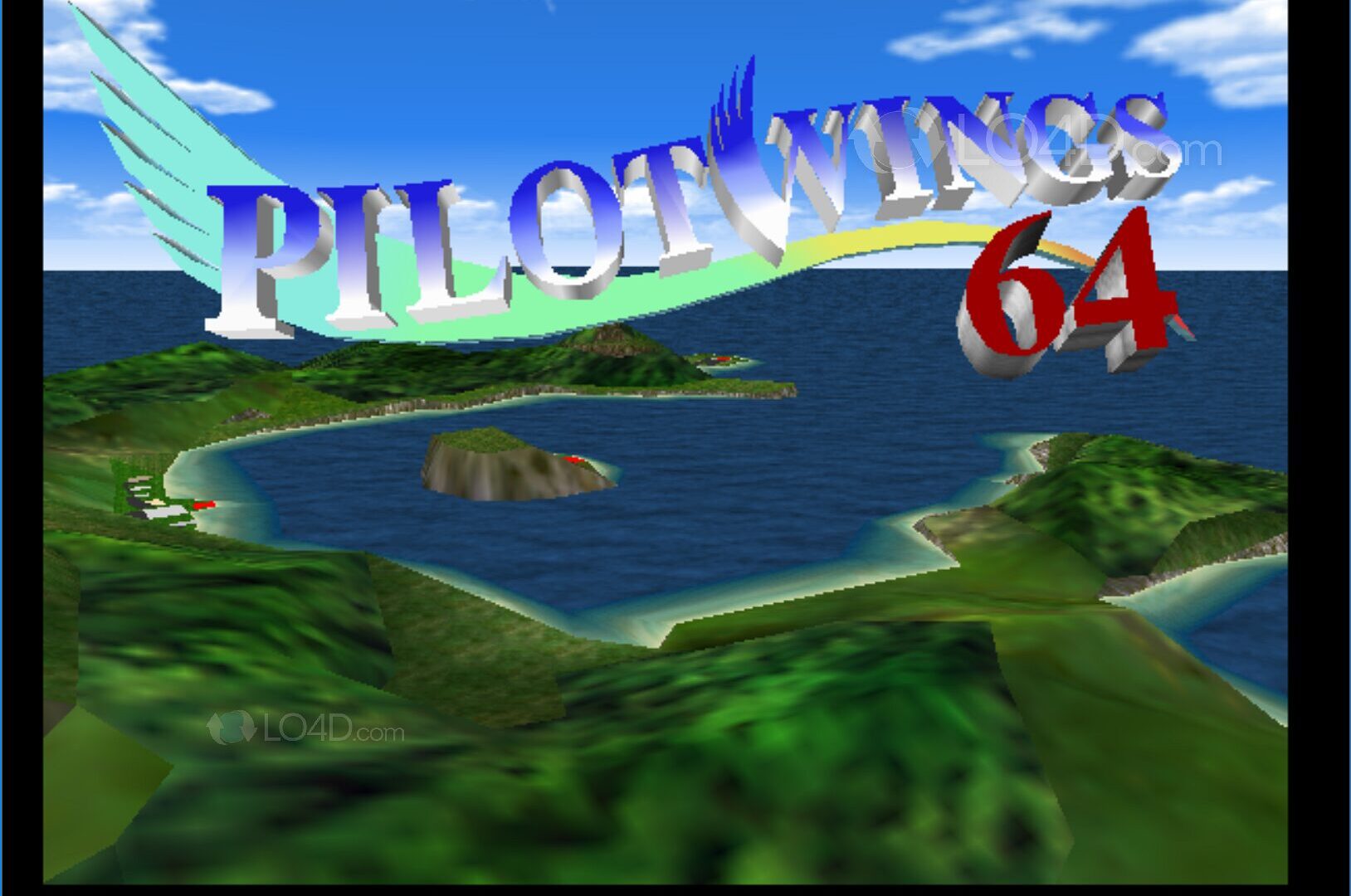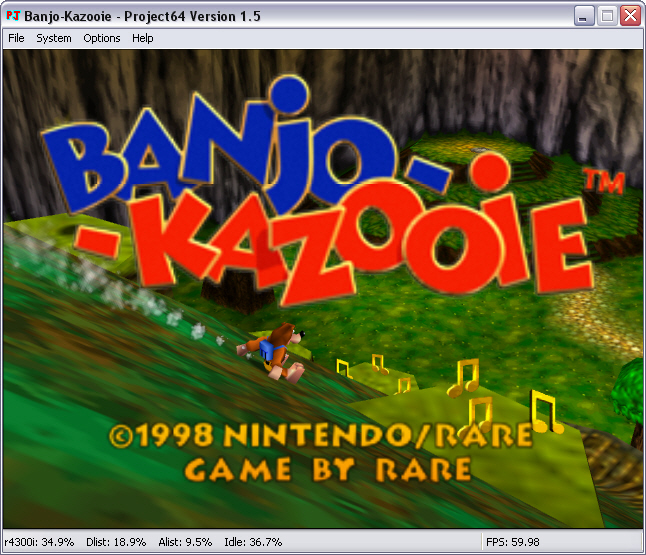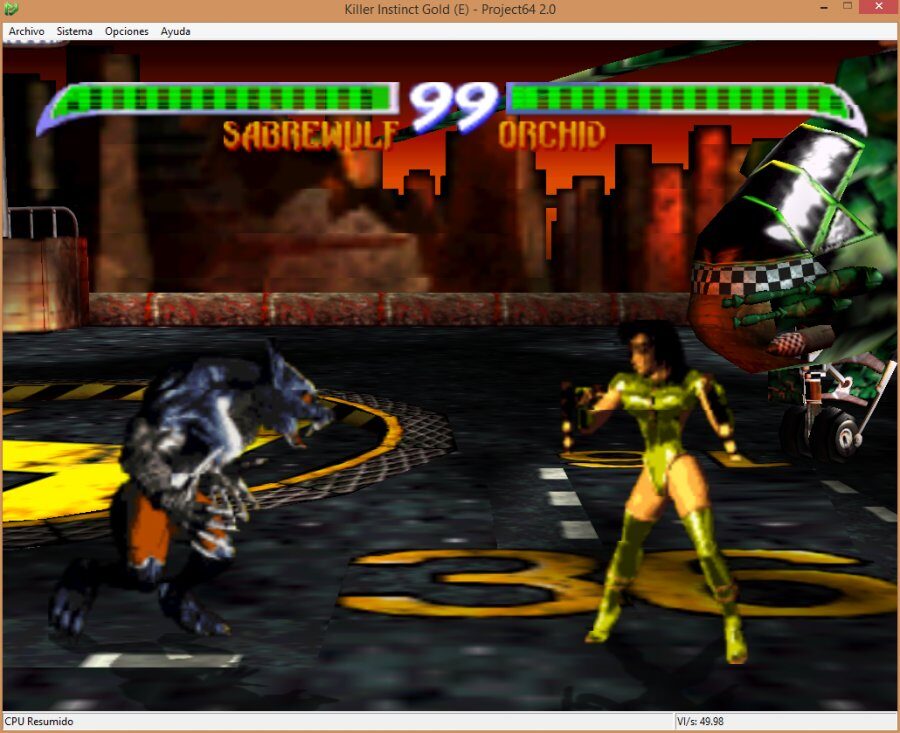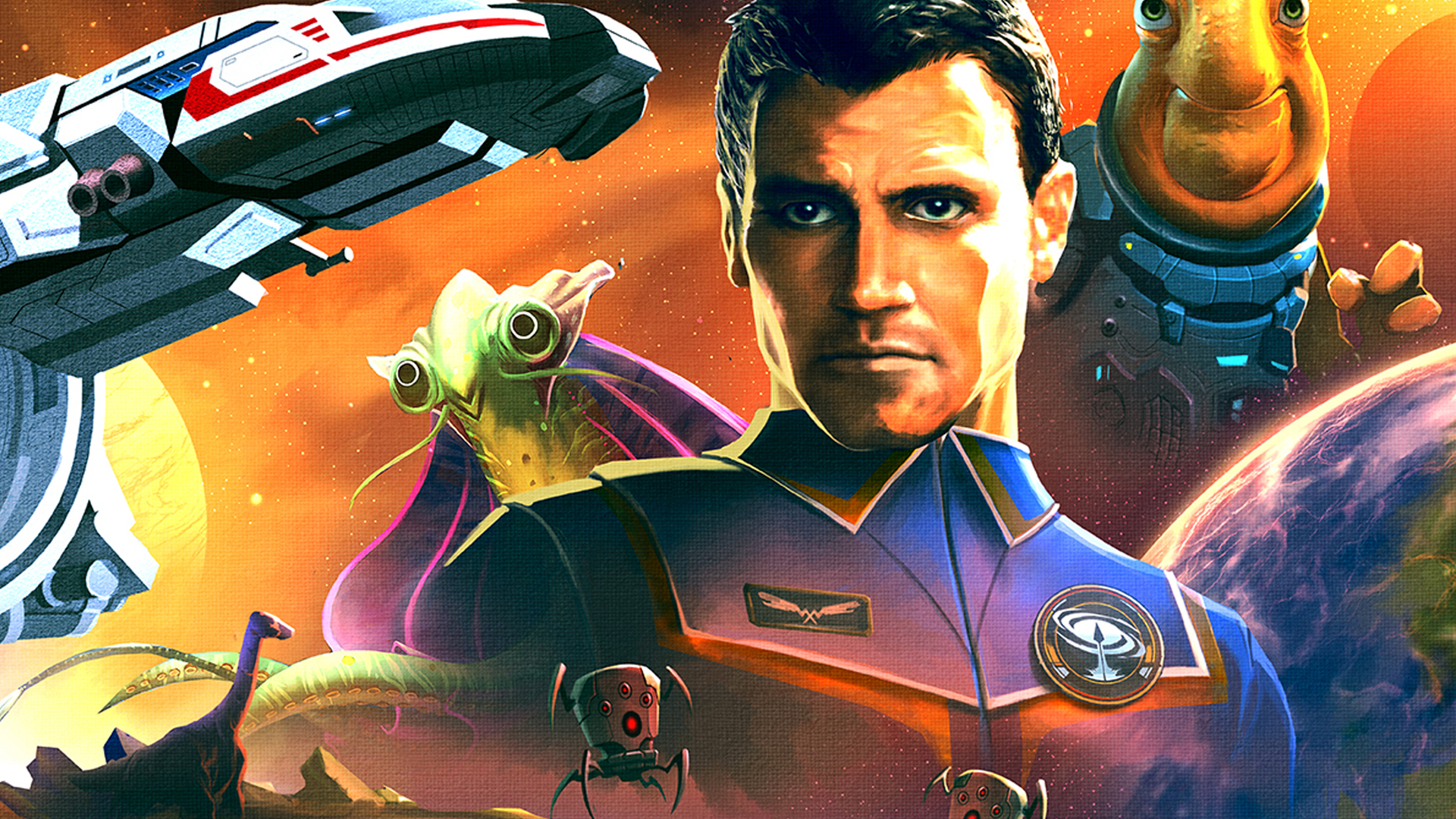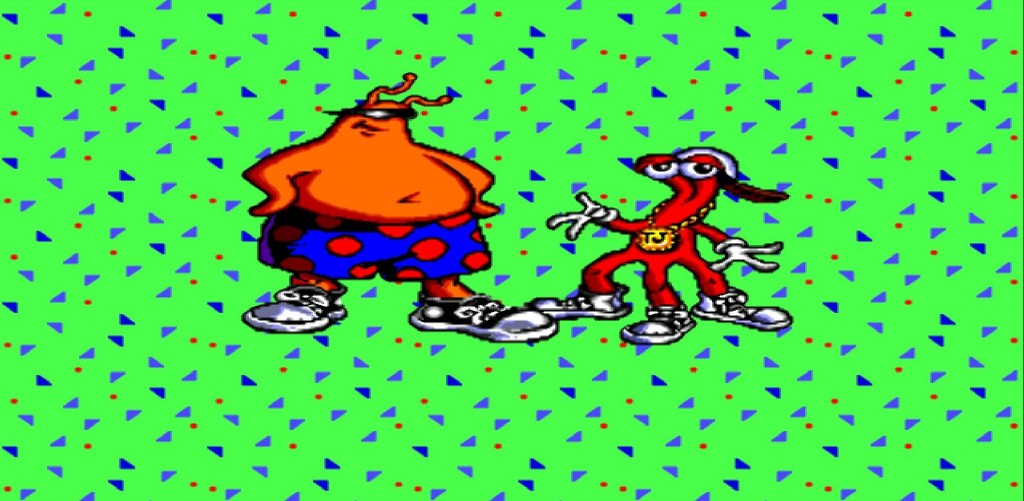So you are coming here looking to revisit your youth with a “Super Mario 64 Emulator”? Funny. That is what my kid calls it too, a Super Mario 64 emulator. Ha! Let’s clear this up right away. The correct term is not actually “Super Mario 64 Emulator.” What you are looking for is a Nintendo 64 emulator. That is the software that makes it possible to run Super Mario 64 on modern devices like a PC, Android phone, or even a retro handheld console. People often search for “Super Mario 64 emulator” because that was the game that defined the system, but the emulator itself is designed to play dozens of N64 classics, not just Mario’s adventure through Peach’s Castle.
(HEY YOU!! We hope you enjoy! We try not to run ads. So basically, this is a very expensive hobby running this site. Please consider joining us for updates, forums, and more. Network w/ us to make some cash or friends while retro gaming, and you can win some free retro games for posting. Okay, carry on 👍)
With that in mind, this guide will walk you through everything you need to know. You will get a quick lesson on how N64 emulation works, which emulator options are best, and exactly how to set it up on your platform of choice. Whether you want to play Super Mario 64 on your computer, your phone, or a portable retro device, you will be ready to dive right back into childhood memories in just a few minutes.
What Exactly Is a Nintendo 64 Emulator?
If you are brand new to this, an emulator is a piece of software that mimics the hardware of an older console. In this case, a Nintendo 64 emulator recreates the functions of the original N64, allowing your modern device to run the same games from 1996. Instead of inserting a physical cartridge, you load a digital file called a ROM. The emulator then processes that ROM the same way the real console would.
Popular emulators for the N64 include Project64, which has been around since the early 2000s, Mupen64Plus for those who want cross-platform compatibility, and RetroArch, a front-end that organizes multiple emulators under one clean interface. On Android, the go-to option is M64Plus FZ, available right in the Google Play Store.
These programs have been refined for years by dedicated developers. They now run smoother than ever, often adding features the original console never had such as HD resolutions, widescreen hacks, save states, and texture packs. That means when you revisit Super Mario 64 today, you can experience it in ways that would have blown our minds back in the 90s.
How Does Emulation Work?
Think of an emulator as a translator. The Nintendo 64 used a custom MIPS R4300i CPU and a Reality Coprocessor that handled graphics and audio in ways no modern computer or phone understands natively. To your laptop or smartphone, the code inside a Nintendo 64 cartridge is like a foreign language. An emulator acts as the interpreter, taking those old instructions meant for 1996 hardware and instantly converting them into something your device can understand and display. Every time Mario jumps, collects a star, or faces Bowser, thousands of tiny commands are being translated in real time so the game looks and feels authentic.
Back in the late 90s, this was groundbreaking and extremely difficult. Early attempts at Nintendo 64 emulation were experimental and required top-of-the-line PCs just to boot up a game. Even then, many titles were riddled with glitches, missing textures, broken audio, or frame rates that crawled along. Gamers would crowd early forums to share settings, plugins, and patches just to get a single level of Super Mario 64 working halfway decently. Playing the game outside the original console felt like a miracle, even if it was far from perfect.
Fast forward to today and the story is completely different. Even budget smartphones now contain processors that outclass what entire desktop towers offered back then. This means Super Mario 64 not only runs smoothly but can be enhanced in ways the original developers never dreamed of. You can crank the resolution up to 1080p or even 4K, apply texture packs that sharpen Mario’s world, and enable widescreen hacks that stretch the view naturally across modern displays. Emulators also allow features like save states, letting you save progress anywhere, and fast-forwarding through slower sections. Instead of simply preserving the game, emulation elevates it, offering a version of Super Mario 64 that is both faithful to childhood memories and polished for the modern age.
Setting Up on PC: The Classic Way
For beginners, the easiest and most stable option is the PC. Here’s how to get started.
Download Project64 from pj64-emu.com. This is one of the longest-running and most user-friendly N64 emulators out there.
Find a ROM. Legally speaking, you should dump your own copy of Super Mario 64 if you own the original cartridge. There are guides on forums like Reddit’s r/emulation that show you how to do this.
Set up your controller. Any USB gamepad works. Xbox and PlayStation controllers are popular choices, and you can even buy an adapter to plug in the original three-pronged N64 controller if you want full authenticity.
Load your game. Launch Project64, select “File > Open ROM,” and choose your Mario file. Within seconds, the Nintendo logo appears, and you are back in Peach’s Castle.
On PC you also have access to enhancements like anti-aliasing, advanced texture filtering, and cheat code integration, which can completely change the way you experience the game.
I have wrote a guide for Project64 in a bit more detail, here.This should hold your hand a bit more and walk you through everything.
Playing on Android: Nostalgia on the Go
Want to carry Super Mario 64 in your pocket? Android emulators make that possible.
Install M64Plus FZ from the Google Play Store.
Place your ROM file into your phone’s internal storage.
Pair a Bluetooth controller if you want a better experience than touchscreen buttons. Even cheap third-party controllers can make Mario feel right again.
Launch the game and tweak your graphics. Most phones can easily handle 720p or 1080p output.
This setup lets you jump into Bob-omb Battlefield while waiting at the bus stop, sitting in the park, or relaxing before bed.
A Word About Legality
Emulators themselves are perfectly legal. They are simply pieces of software that replicate the hardware of older consoles, much like a DVD player app replicates a disc player. What is not legal is downloading ROMs of games that you do not personally own. Super Mario 64 is still under copyright protection, and Nintendo is famously strict when it comes to defending its intellectual property. The company has pursued lawsuits against ROM-hosting websites, and in many cases these sites have been forced offline or hit with massive fines.
If you own the original Super Mario 64 cartridge, however, you are on solid ground. You are legally allowed to create a backup copy, known as a ROM dump, using specialized hardware. This way, you are simply making a digital copy of something you already purchased, much like ripping a CD you own to an MP3 file. If you do not own the game and you simply download it from the internet, you are entering into piracy territory. While many players do this, it is important to understand the difference so you can make an informed choice.
That being said, emulation itself has become widely accepted in the broader gaming world. Preservationists and hobbyists rely on emulators to keep old games alive as the original cartridges degrade and the original hardware becomes harder to maintain. Even major companies use emulation. Nintendo’s own Switch Online service, for example, delivers NES, SNES, and N64 titles through an emulation layer. Sony, Sega, and Microsoft have all used emulation in one form or another to re-release their older titles. So while the legal gray area mostly revolves around how ROMs are obtained, the act of using an emulator is not a crime. It is a legitimate way to enjoy retro gaming, provided you are mindful of where your game files come from.
Troubleshooting Tips for Beginners
If the game lags, lower your resolution or turn off advanced filters.
If audio crackles, switch to a different plugin in your emulator settings.
If your controller feels unresponsive, re-map the buttons manually.
If a ROM does not load, check that the file format is correct (.z64, .n64, or .v64).
Communities like EmuTalk and Reddit’s /r/emulation are great places to get help. Chances are, whatever issue you hit, someone else has solved it already.
When you load up Super Mario 64 today on an emulator, you are not only playing a video game. You are engaging with a time machine. It is a way to reconnect with childhood wonder, to remember the excitement of discovery, and to share that magic with a new generation who can now experience the game on phones, laptops, or handheld consoles. Thanks to the tireless work of emulator developers, that golden age is preserved and enhanced, waiting for you just a few clicks away.
 Retro Replay Retro Replay gaming reviews, news, emulation, geek stuff and more!
Retro Replay Retro Replay gaming reviews, news, emulation, geek stuff and more!
